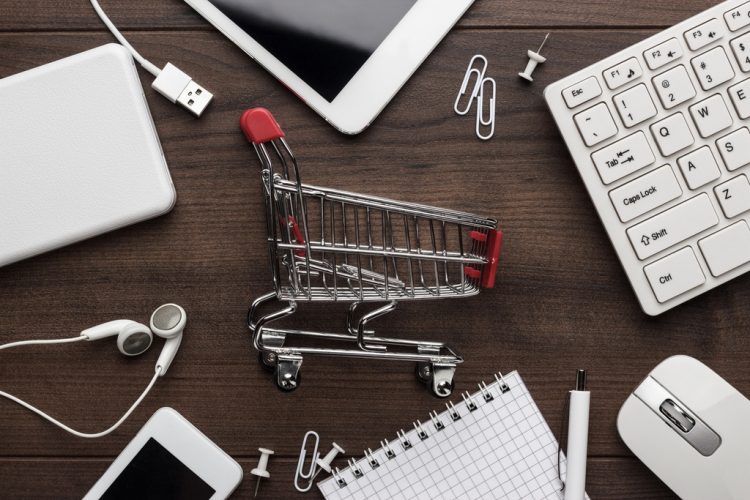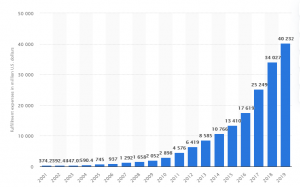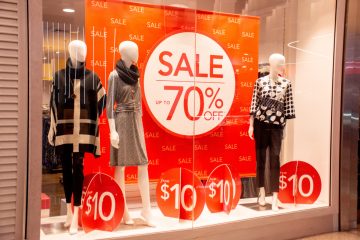How Click & Collect gives stores an advantage

As more transactions move online, last mile delivery continues to impose big challenges for online-only retailers. In this respect, physical retailers should have an inherent advantage when fulfilling online orders. They already have an efficient logistics infrastructure in place to replenish their stores and a ready-made network of pick-up locations – their store network.
So, the marginal cost of fulfilling Click and Collect orders for traditional retailers should be minimal. But to do Click and Collect – also known as Buy Online, Pickup In Store (BOPIS) – well is not as easy as it may at first appear. Retailers need to have good inventory management systems in order to accurately manage stock and guarantee speedy collection in their retail stores.
Today, customers not only expect retailers to offer click and collect, but they also expect it to be fast.
When it comes to fulfilling online orders, the benchmark is set by Amazon, of course. The online giant offers its Prime members free next-day delivery on more than 10m items, and it can offer two-hour delivery on a much reduced range of items in certain US cities.

More than 82 percent of households in the US have an Amazon Prime membership, and Amazon spends more on fulfillment each year — a phenomenal $40bn in 2019 – as it sees reducing fulfillment times as a competitive weapon.
Not surprisingly, most retailers are struggling to reduce the gap with Amazon when it comes to fulfillment speed for online orders. According to a survey by Ampersand Commerce, only 33 percent of retailers now offer click and collect the next day or sooner, and just 17 percent can offer collection the same day.
Using In-store Inventory
The quickest and most cost-effective way to do click and collect is to use in-store inventory to fulfill online orders. If the system shows that the store chosen by the buyer has stock, the retailer needs to be able to promise the customer that the product can be picked up the same day, preferably in a couple of hours – the time required for an associate to locate the product in the store and prepare it for collection.
If the chosen store doesn’t have stock but a nearby store does, the customer may be prepared to travel further to pick up the item from another store. Or maybe you need to arrange an inter-store transfer and promise the customer that the product can be collected within 24 hours from the chosen store.
Using store inventory to fulfill online orders should give stores a speed – and cost — advantage over online-only retailers.
However, if the system shows that no store currently has stock, Click and Collect gets more complicated for a physical retailer. If the product has to be sent from a central warehouse or a fulfillment center to the local store and that process is going to take more than a day or two, the retailer loses its speed advantage over competitors.
That may not necessarily cause the customer to go elsewhere, as research shows that many consumers choose Click and Collect not for the speed but for the convenience it offers. According to a survey by Barclaycard, 42 percent of UK shoppers say that they use Click and Collect because they are out during the day. So they may not mind waiting a day or two for the convenience of being able to go into the store at a time they choose to pick up the order.
👉🏼To find out how you can use Click and Collect to offer a great customer experience, read our previous blogpost.




No Comment